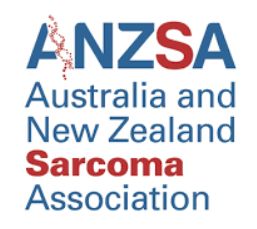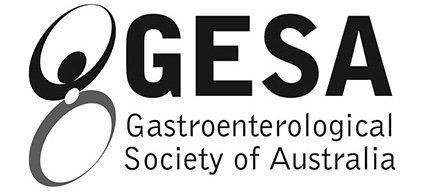BREAST CALCIFICATIONS
Breast calcifications are small deposits of calcium that can occur anywhere in the breast tissue. They can occur in the ducts and lobules of the breast, as well as in the supportive tissue and blood vessels of the breast.
Breast calcifications are a frequent finding on mammograms, where they show up as small white dots. Calcifications do not usually show up on ultrasounds and never show up on breast MRIs. Breast calcifications are very small so you will not be able to feel them and they do not cause pain.
Calcifications are not connected to the calcium in your diet. They do not develop into breast cancer. Rather, they are a marker for an underlying process that is occurring in the breast tissue.
Most breast calcifications are due to benign conditions, such as
- Breast cysts
- Fat necrosis
- Fibroadenoma
- Previous infections in the breast
- Previous surgery or radiotherapy to the breast
- Calcium build-up in the blood vessels of the breast
Sometimes breast calcifications can be a marker of underlying cancer development. This may be associated with the presence of ductal carcinoma in situ (DCIS) or invasive cancer. When abnormal cells grow unchecked inside the duct, the cells may get so crowded that some of them die and the body cannot clear them away. If this happens, those cells can harden and areas of calcium form. When these calcifications show up on a mammogram, they often have suspicious features.
The radiologist reading your mammogram will classify the calcifications as benign, indeterminate (uncertain) or suspicious of being cancer based on their size, shape and pattern.
Breast calcifications are more likely to be associated with a benign process if they
- Are larger than 0.5 mm (known as macrocalcifications)
- Have well-defined edges and fairly standard shapes
- Are not clustered in one area of the breast
Breast calcifications are more likely to be associated with a cancerous process if they
- Are smaller than 0.5 mm (known as microcalcifications)
- Vary in size and shape
- Are clustered in one area of the breast
If the calcifications look benign, nothing more needs to be done. They do not need to be removed and they do not increase your risk of breast cancer. It is important to continue to be breast aware and see your doctor if you notice any changes in your breasts, regardless of how soon these occur after you were told you had calcifications.
If the calcifications look indeterminate or suspicious a biopsy is required. Sometimes a small metal clip may be placed in the breast where the biopsy has been taken. This is so the area can easily be found again if a further biopsy or surgery is required. If another procedure is not needed, the clip can be safely left in the breast. The clips are made of titanium (the same metal used for joint replacement surgery) and will not set off alarms at airports.
Surgery (excisional biopsy) to remove the area of calcification is required if
- It is not possible to biopsy the area
- The biopsy is inconclusive
- The biopsy shows atypical changes or cancer
















